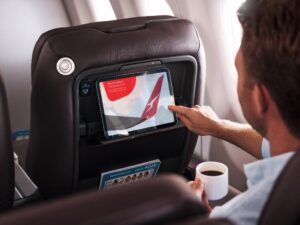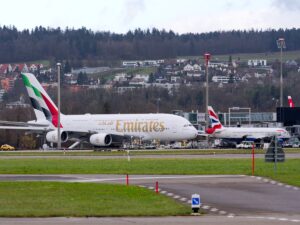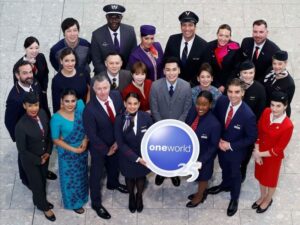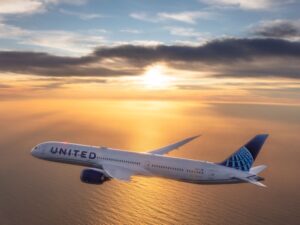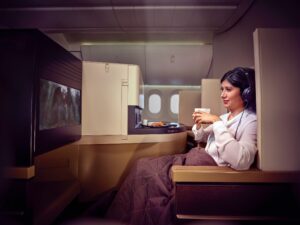
Just before the COVID-19 pandemic began, Virgin Australia won a daily slot to operate flights to Tokyo’s Haneda Airport.
Virgin prepared for months to launch daily Airbus A330-200 flights from Brisbane to Tokyo, which were to be operated in partnership with All Nippon Airways. The airline even began selling tickets and had planned a big party. Then COVID-19 happened, borders slammed shut and the planned launch for 29 March 2020 never went ahead.
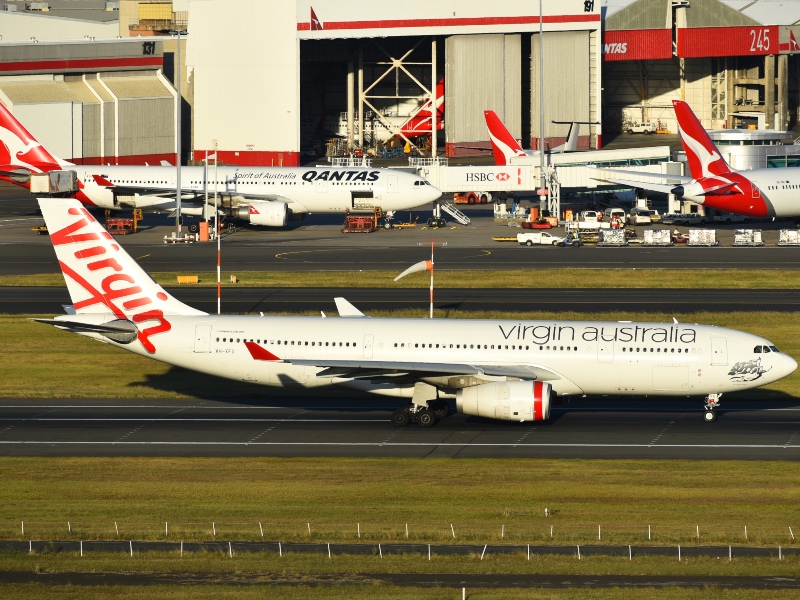
Normally, a failure to operate the flights would result in a loss of these valuable airport slots. But due to a series of COVID-19 airport slot waivers and extensions granted by the International Air Services Commission (IASC), Virgin has retained the right to those Haneda Airport slots… for now.
No suitable aircraft (for now)
Since the pandemic began, Virgin Australia has removed its wide-body Airbus A330 and Boeing 777 aircraft from its fleet. It no longer has any aircraft capable of operating long-haul flights. But that doesn’t mean Virgin has given up on Tokyo.
Slots for Haneda Airport are valuable. Only a limited number have ever been made available to Australian airlines and Virgin fought hard to win one of them. Qantas had wanted all of the slots that were released to Australian airlines in 2019, and had planned to increase its Sydney-Tokyo schedule to double-daily with the second new pair of slots which were ultimately allocated by the IASC to Virgin.
If Virgin loses its airport slots, it will likely be difficult to get them back.
Virgin still has plans to launch Tokyo flights
Virgin Australia does still want to launch flights to Haneda Airport. On 29 June 2022, it wrote to the IASC to request an extension of the deadline for the airline to start utilising the capacity it has been allocated to fly to Haneda until 30 June 2023.
In its submission, Virgin provided the Commission with “firm commercial plans to commence operating these services at the beginning of the Northern Summer 2023 season” on a commercial basis. The IASC has extended Virgin’s deadline until 26 March 2023, which is the start of the IATA northern summer period and is when the current airport slot waivers would be due to expire.
For Virgin, this is a case of “use it or lose it”. If Virgin ever wants to launch flights to Haneda Airport, it would need to start flights by late March 2023. Otherwise, the slots could be lost and/or handed by default to Qantas, which is no doubt waiting in the shadows to scoop them up.
In fact, since COVID-19, Qantas has closed its lounge at Narita Airport and ended all operations there. So if Qantas wants to resume operating daily flights from Sydney, Brisbane and Melbourne to Tokyo at some point, without flying into Narita, it would need those slots that are currently held by Virgin Australia.
How could Virgin make this work?
To retain its slot, Virgin would need to operate flights on at least 80% of days, or at least 6 days per week.
So, what are Virgin’s options if it wants to retain the slots? Here are a few of the possibilities…
Fly Brisbane-Tokyo via Guam
Unfortunately (or fortunately, depending on your perspective) Virgin Australia’s Boeing 737-700s and 737-800s do not have the range to fly non-stop from Brisbane to Tokyo.
One rumour that has been floating around for a while is that Virgin could operate a Boeing 737 from Brisbane to Tokyo via Guam, a US territory in the Pacific Ocean. The airline’s existing 737s technically have the range to do this, and Guam is a hub for Virgin’s new partner United Airlines. United, which previously operated a Cairns-Guam flight, could even codeshare on the route.
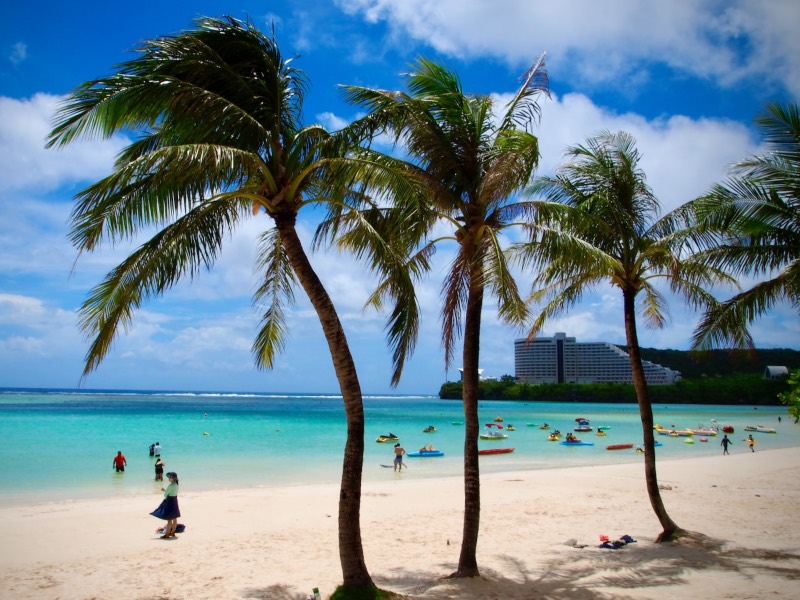
If Virgin codeshared with United, carried some freight and perhaps also some local traffic on the fifth-freedom Guam-Tokyo leg (which would have much more demand than Brisbane-Guam), the airline might be able to minimise its losses on the route. But it’s very unlikely that this would happen unless it was the only feasible way for Virgin to retain its Haneda slot. It isn’t.
Fly Cairns-Tokyo using a Boeing 737-8 MAX
While Cairns-Tokyo is not quite within the range of any of Virgin’s existing aircraft, the airline does have several new Boeing 737-8 MAX aircraft on order. These are expected to be delivered from early 2023 and would theoretically be able to fly direct from Cairns to Tokyo – perhaps with a slightly reduced payload.
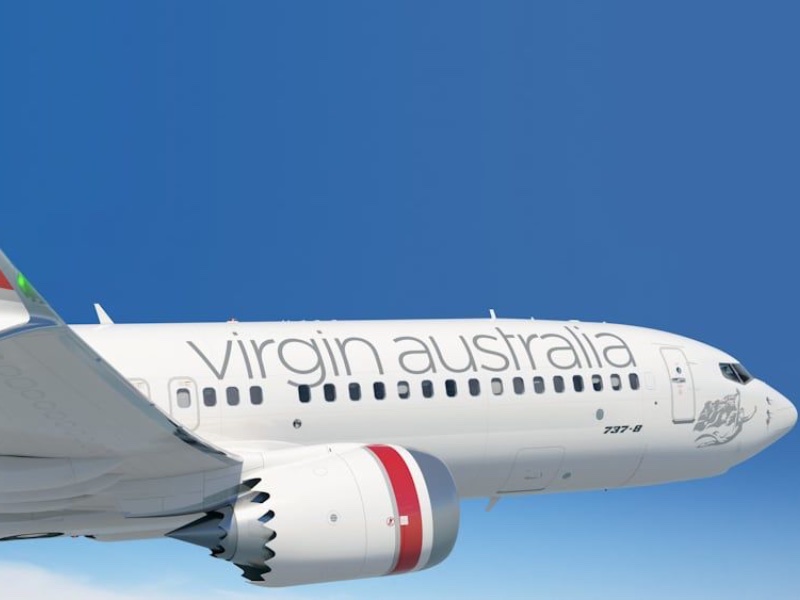
If Virgin does decide to use its Boeing 737 MAX on this route (and possibly also on longer routes such as to Bali and Perth from the east coast), hopefully those aircraft will be configured with more than just 8 reclining Business Class seats. Virgin has not yet revealed the cabin configuration for its new aircraft type on the way, but an announcement could be made soon.
If Virgin codeshares with ANA on Cairns-Haneda flights, as it planned to do previously with its Brisbane-Haneda route, it could be quite successful in filling a daily service. Jetstar already flies Cairns-Narita and Cairns-Osaka, with a lot of traffic coming from the inbound Japanese market.
Lease or buy a new aircraft type
If Virgin still wanted to fly Brisbane-Tokyo, which they probably do in the longer term, they could lease or purchase a new aircraft type that is capable of long-haul flights such as the Boeing 787 or even Airbus A321XLR.
But adding another aircraft type increases the airline’s fleet complexity (which costs money) and takes time. It’s unlikely this will happen by next March.
Wet lease aircraft from another airline
One possibility which is perhaps the most likely is that Virgin could wet lease an aircraft from another airline to operate Brisbane-Tokyo flights on its behalf. This practice is relatively common around the world. For example, Air New Zealand will wet lease an Airbus A330 from Wamos Air to operate its Auckland-Perth route over summer.
Virgin already wet leases aircraft from Link Airways on the Canberra-Sydney route as it doesn’t have a suitable aircraft type for this route in its own fleet.
Under this arrangement, another airline would provide an aircraft and crew to operate the service. Virgin Australia would market the service, which would have a “VA” flight number, and all the usual Virgin Australia benefits would apply.
This could be an effective interim measure. Perhaps one of Virgin’s partner airlines such as Qatar Airways could provide an aircraft?
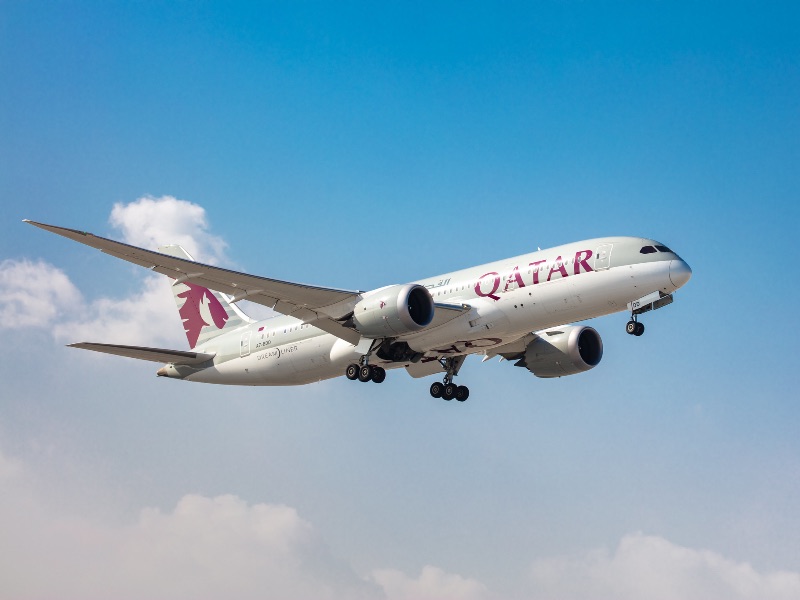
Could Virgin’s deadline be extended?
One final possibility is that Virgin could be granted another extension to delay the launch of flights to Haneda Airport. But with the IATA slot waivers coming to an end next March, Japan’s border now reopened and Qantas ready to take over the extra slots, the IASC is unlikely to give Virgin yet another extension.
Watch this space as Virgin will need to make an announcement in the coming months…
You can leave a comment or discuss this topic on the Australian Frequent Flyer forum.

